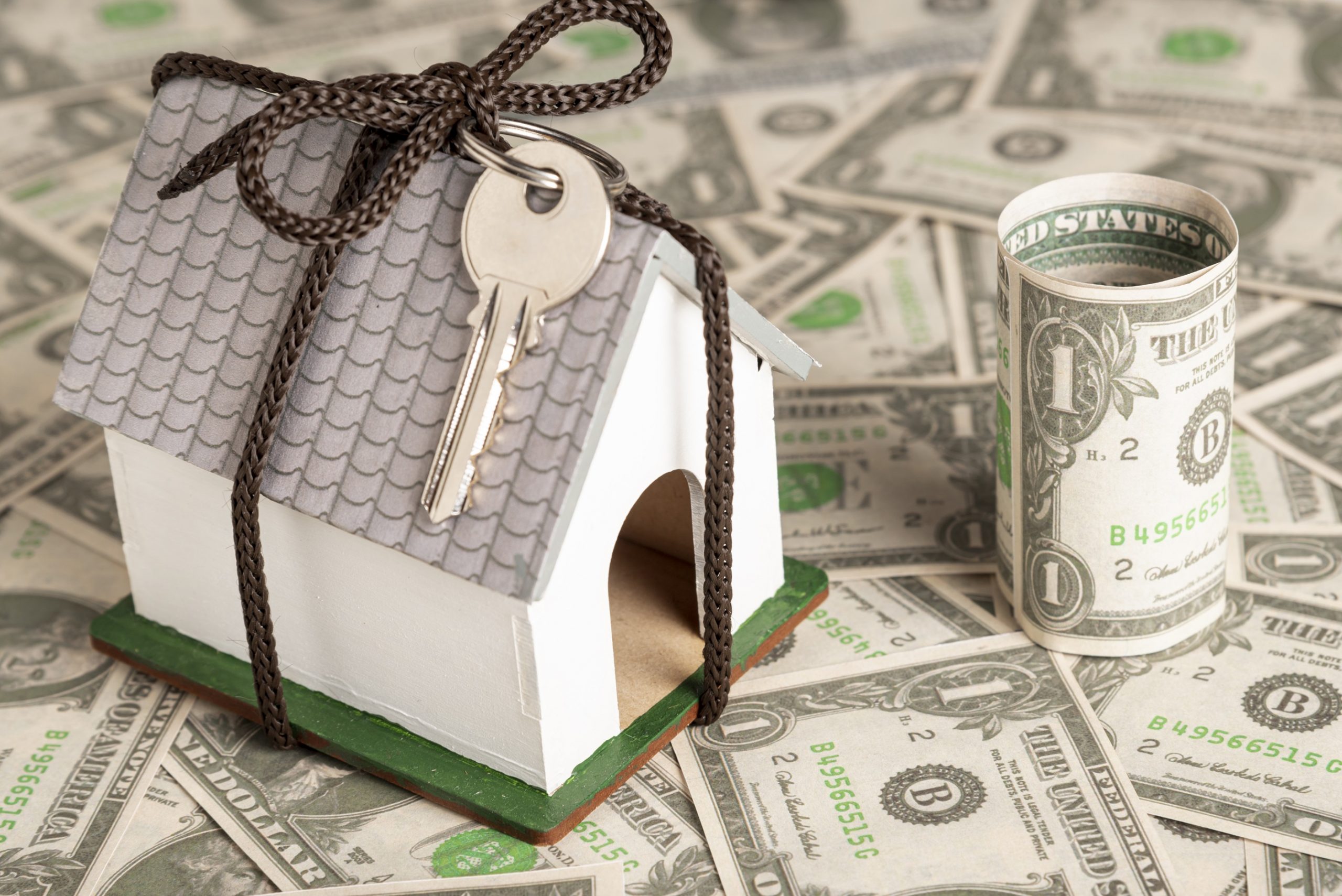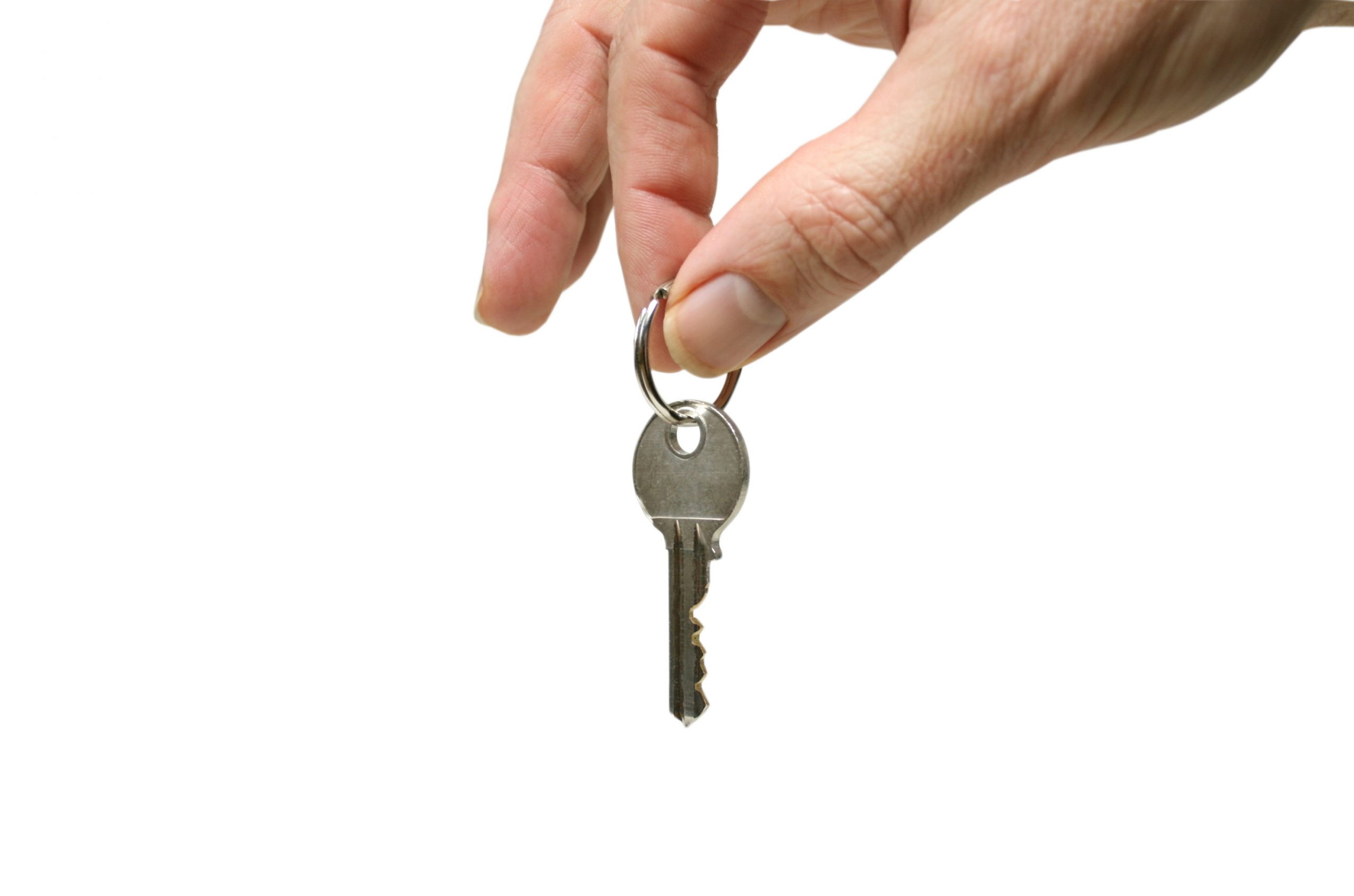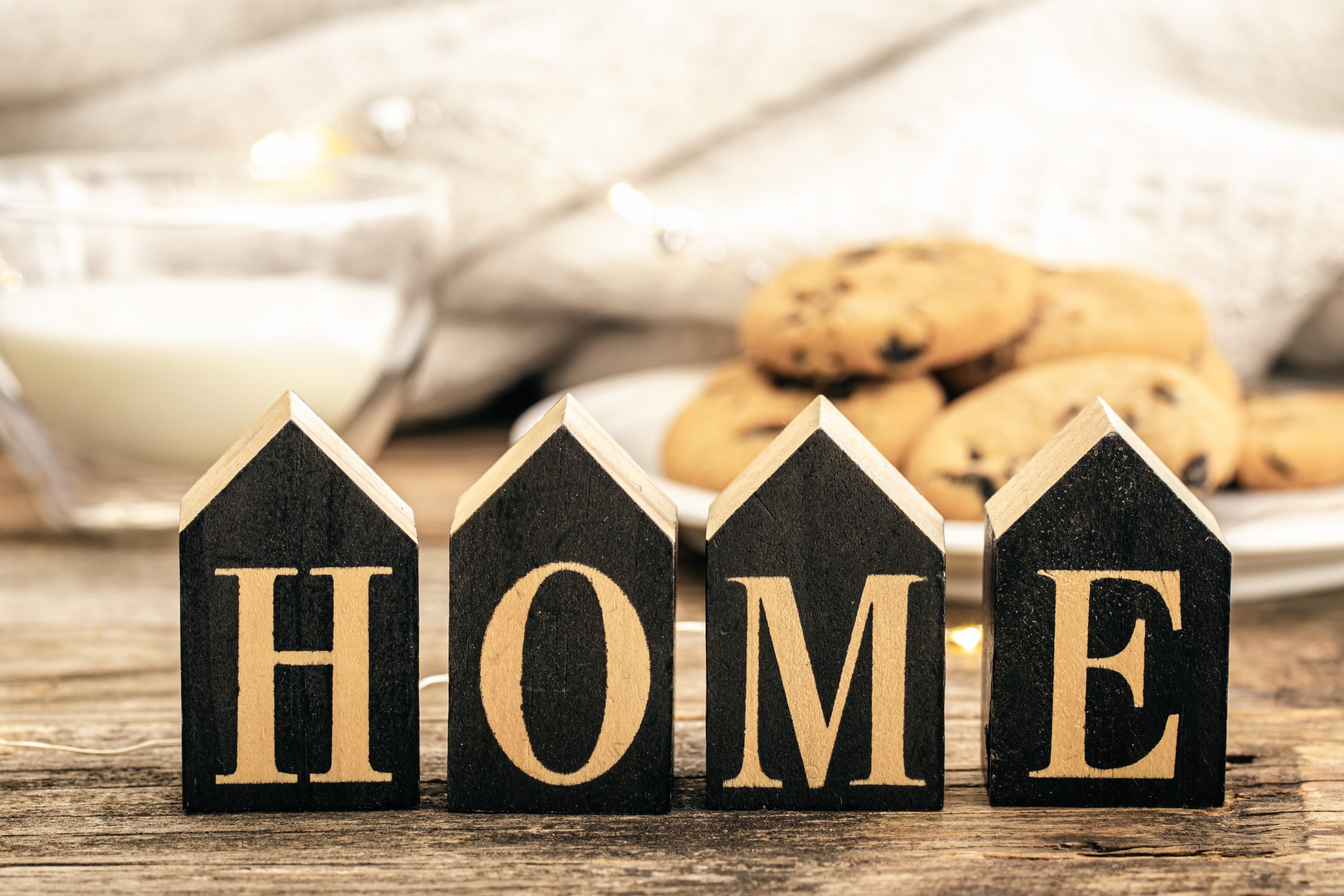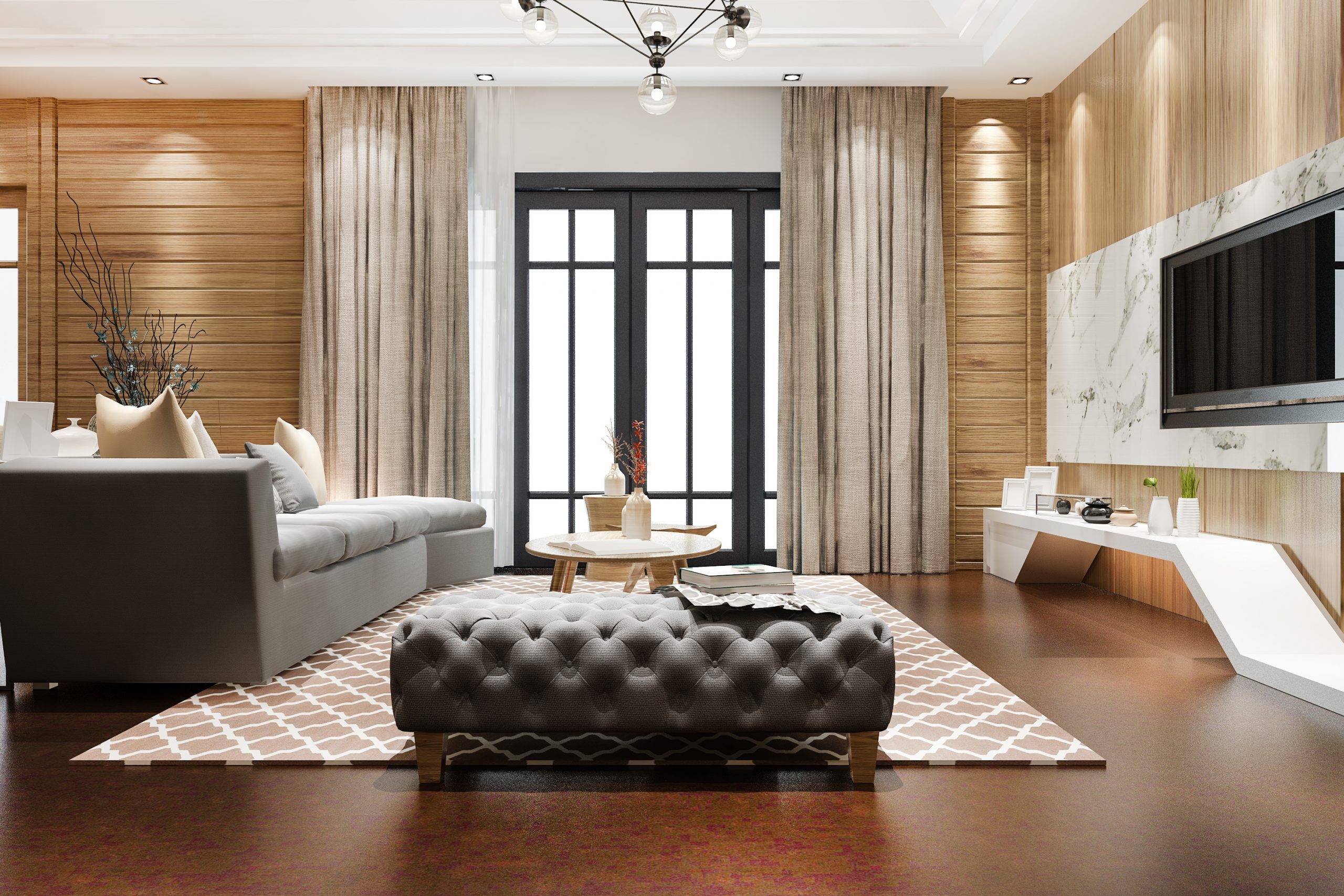The Ultimate Guide to Impress Buyers at Your Open House

Hosting an open house can be a pivotal moment in the selling process of your home. It’s your opportunity to showcase the best features of your property, create an inviting atmosphere, and make a lasting impression that could ultimately lead to a sale. However, standing out in the competitive real estate market requires more than just opening your doors. Here’s a comprehensive guide on how to prepare for and host an open house that will attract potential buyers and leave them impressed.
Before the Open House: Preparation is Key
Declutter and Depersonalize
The first step in preparing your home for an open house is decluttering and depersonalizing each room. This means removing personal photographs, memorabilia, and clutter accumulated over time. The goal is to create a blank canvas that allows buyers to envision their lives and belongings in the space, not be distracted by yours.
Deep Clean Everything
Cleanliness is everything when it comes to impressing potential buyers. Every surface should be spotless, from windows and floors to countertops and appliances. Consider hiring professional cleaners to ensure that even overlooked areas (think baseboards, ceiling fans, and window tracks) are pristine.
Minor Repairs and Updates
Address minor repairs such as leaky faucets, squeaky doors, or chipped paint. Minor issues can signal neglect to buyers and detract from their overall impression of your home. Additionally, minor updates—like replacing outdated hardware or adding a fresh coat of paint in neutral colors—can significantly enhance your property’s appeal.
Stage Your Home
Staging is more than just tidying up; it’s about creating an environment that highlights your home’s strengths and downplays its weaknesses. Rearrange furniture to maximize space and ensure a logical flow from room to room. Enhance each room with modest decor that adds to the ambiance without overwhelming the senses. Remember, the more comfortable and attractive your home is, the longer potential buyers will stay during the open house.
On the Day of the Open House: Making a Lasting Impression
Curb Appeal
First impressions are enduring, so it’s crucial to ensure your home’s exterior is as appealing as its interior. Mow the lawn, trim hedges, clear the walkways, and add a few plants or flowers for a pop of color. A welcoming entrance sets a positive tone for the rest of the viewing.
Ambience
Open curtains to let in natural light, turn on lamps in darker areas and set the thermostat to a comfortable temperature. Subtle background music and a mild, pleasant scent (think freshly baked cookies or lightly scented candles) can add to the ambiance without overpowering guests.
Information and Snacks
Provide detailed information sheets about your home, including photos, a list of upgrades or recent repairs, and any noteworthy features. Light refreshments can make the viewing experience more enjoyable for guests and give them a reason to linger and discuss the property.
Preparing your home for an open house is an art that involves meticulous preparation, strategic staging, and warm hospitality. By following these steps and executing them with care, you’re sure to make an unforgettable impression that could turn a casual viewer into your home’s new owner.
Call Kim
When it comes to selling your home, I will be with you every step of the way, and together, we can make an open house that will impress your buyers. Give me a call at (928) 710-9148.
Demystifying the Mortgage Maze

Many potential buyers put off the home-buying process because of the uncertainty of the real estate market and the fear of the steps involved in qualifying for a mortgage. However, it doesn’t have to be daunting. Below, we have broken down what you’ll need to qualify to purchase a home and easy steps you can follow to apply.
To qualify in today’s market, you’ll need the following:
- A Down Payment: The National Association of Realtors (NAR) reported that the median down payment is 13% of the home’s price, while the median down payment for first-time homebuyers is 7%. Programs are also available to put less or no money down.
- Good Credit: You’ll need a credit score of at least 620 to qualify for a conventional loan. If your score is below that, you may still be able to get an FHA loan, which requires a minimum credit score of 580.
- Income and Employment History: Lenders want a steady employment history and income. They may require documentation such as W2s, tax returns, and pay stubs.
If you are ready to apply, here are five easy steps you can follow:
Step 1: Assess Your Financial Readiness
Understanding your financial standing is non-negotiable before you even shop for a mortgage. Review your credit report to ensure accuracy and address any red flags. Your credit score plays a pivotal role in the interest rate, making it a beneficial exercise to know where you stand.
Next, crunch the numbers to determine how much house you can afford. Evaluate your income, existing debts, and anticipated down payment. Online calculators are a handy tool, giving you a ballpark figure and a sense of what monthly payments might look like.
Lastly, shore up your financial health by saving for a substantial down payment. A higher down payment often results in better loan terms, lower monthly payments, and the avoidance of costly private mortgage insurance (PMI).
Step 2: Educate Yourself on Mortgage Types
The mortgage landscape is diverse, with various products tailored to different financial profiles. Spend time researching the mortgage types to identify the one that best suits your needs. From conventional loans, which provide the most flexibility, to government-insured options like FHA and VA loans for those who qualify, the possibilities are expansive.
Consider factors such as the loan term (15 years vs. 30 years), fixed-rate vs. adjustable-rate mortgages, and specialty programs available in your area, like first-time homebuyer incentives. Each comes with its own set of benefits and trade-offs, so it’s crucial to understand how they align with your long-term financial goals.
Step 3: Preparing Your Paperwork
A mortgage application is an exercise in thoroughness and documentation. Gather the necessary paperwork ahead of time to streamline the process. This typically includes:
- W-2 forms or business tax returns if you’re self-employed
- Pay stubs from the past 30 days
- Bank statements
- Statements for retirement accounts and other assets
- Documentation for any additional income or assets
Having these documents organized will expedite your application and demonstrate your readiness to potential lenders.
Step 4: Shop for Lenders and Get Pre-Approved
It’s imperative to avoid settling for the first lender you come across. Instead, shop around to find the best terms. Start with your current financial institution, consider online lenders for convenience, and inquire about mortgage brokers who can connect you with multiple options.
Once you’ve narrowed down a few candidates, request pre-approval. This involves submitting your financial documents for review, resulting in a conditional commitment from the lender. Pre-approval strengthens your offer when you find a home you love and gives you a clear understanding of your budget with an exact loan amount.
Step 5: Submit Your Application and await the Outcome
With pre-approval in hand, you’re ready to submit your mortgage application. Be prepared for a thorough review of your financial history and current creditworthiness. Your lender may request additional information or documentation, so be responsive and cooperative.
Once your application is complete, the underwriting process begins. This is when your application is assessed for approval, which can take several weeks. Use this time wisely—avoid making significant financial changes, continue saving, and be patient while waiting for the green light.
When you receive your mortgage approval, review the terms carefully. Ensure you understand the interest rate, points, fees, and closing costs. If you have any lingering questions, don’t hesitate to ask your lender for clarification.
The mortgage process may seem labyrinthine, but with a clear plan and steady guidance, you can make it to the other side—the proud owner of a new home. Following these five steps will set you up for success and minimize the stress often accompanying this monumental transaction.
If you are ready to make a real estate move, give me a call, I would love to help! Kim Shaw (928) 710-9148
How Much Down Payment Do I Need?

Getting your finances in order is vital when preparing to purchase a home. If you’re looking to buy a house, one of the first things you’ll need to consider is how much down payment you’ll need to make.
Depending on the type of loan you’re applying for, the size of your down payment could vary.
Generally, most conventional loans will require at least a 5% down payment. Some government-backed loans, like FHA or VA loans, may allow for a down payment as low as 3.5%. And if you’re eligible for a USDA loan, your down payment could be as low as 0%.
Of course, the size of your down payment isn’t the only factor affecting your home buying experience. You’ll also need to consider your credit score and the current market conditions.
So, how much down payment do you need to buy a home? As we indicated above, the answer depends on various factors, but you’ll need at least 5% in most cases. Keep in mind, though, that the size of your down payment also affects the competitiveness of your offer.
A high down payment shows the seller you’re serious about buying the home. It also demonstrates that you have the financial resources to follow through on the purchase. This advantage can be significant in a competitive market, where the seller may have to choose from several offers.
A high down payment also gives you more leverage in negotiations. If the seller knows you’re willing and able to put more money down, they may be more likely to accept your offer – even if it’s not the highest one.
So, if you have the means, a high down payment is always the best way to go when buying a home. It will make your offer more attractive to the seller, lower the amount you need to borrow, and give you more negotiating power. Just be sure you have a solid plan for how you’ll finance the rest of the purchase.
If you’re interested in learning more about low-down-payment options, there are several places to go.
There are programs for qualified buyers with down payments as low as 3.5%. There are also options like VA and USDA loans with no down payment requirements for qualified applicants.
To understand your options, you need to do your homework. If you want to learn more about down payment assistance programs, information is available through sites like downpaymentresource.com. Be sure to also work with a real estate advisor from the start to learn what you may qualify for in the home buying process.
Call me. I can put my years of experience to work and point you in the right direction!
Kim Shaw
(928) 710-9148
Who to Notify Before You Move

Are you preparing for a move? In addition to all the packing, cleaning, and organizing you must do, you also need to notify the right people and organizations of your change of address. Here is a list of who to notify when you are moving.
- Family and friends: Of course, you’ll want to let your family and friends know you’re moving. You may even get help from them come moving day!
- Landlord: If you’re currently renting, give your landlord your notice as specified in your lease agreement.
- Employer: Be sure to let your employer know of your upcoming move so that they can update your records and contact information.
- Utilities: Notify your gas, water, and electric company at least a week before they can shut off/transfer service to your new address.
- Internet/cable: Call your internet and cable providers to set up or transfer service to your new place a few days before the move.
- Postal services: Remember to fill out a change of address form with the post office to forward your mail to your new home.
- Banks/financial institutions: Be sure to notify your bank(s) of your upcoming move.
- Subscriptions: If you have any magazine or newspaper subscriptions, remember to update your address with the publisher. The same goes for any online subscriptions like Netflix or Hulu.
- MVD: Remember to change your address with the Department of Motor Vehicles so that your driver’s license and registration reflect your new home.
- Government agencies: Any federal, state, or local government agencies you deal with should be notified of your move. This includes the IRS, Social Security office, and your voter registration office. Change your address for tax purposes by filing Form 8822 with the IRS.
- Medical and educational facilities: If you have children in school or see a doctor regularly, update your contact information with their office.
- Insurance companies: Let your insurance company know of your move so that they can update your records and make sure you’re still covered.
Make sure you give yourself plenty of time to notify everyone on this list. The last thing you want is to worry about changing your address while trying to settle into your new home.
Moving can be a lot of work, but it’s worth it when settling into your new home. If you want to move but need help finding the right home, I’d love to help you with your real estate needs. Let’s connect today! Kim Shaw (928) 710-9148
Looking to Downsize?

Downsizing your house may seem daunting and overwhelming, but it can be a great way to simplify your life and save money in the long run. Whether you’re an empty nester, looking to simplify your lifestyle, or ready to retire, downsizing can be a great option. In this blog post, we’ll explore the benefits of downsizing, tips for decluttering and organizing your home, and how to make the transition to a smaller space as smooth as possible.
An article by The Balance states that:
“There are many reasons to buy a smaller home—or to downsize from your present home—but sometimes, the idea that “less is more” is what propels homeowners to buy a smaller home.”
Finding the Right Home to Fit Your Needs
The National Association of Realtors (NAR) determined multiple factors why people of retirement age choose to move. The top three reasons include:
- Need for a smaller home.
- Desire to be closer to loved ones.
- And simply, retirement itself.
When your lifestyle changes, you may also need your home to change. The Balance also determined that home maintenance is less time-consuming with downsized homes, leaving more time to spend with the people you love or exploring newfound hobbies.
Equity Can Make a Big Impact
Home equity can be critical in downsizing and when you sell your existing house and move. CoreLogic’s latest Homeowner Equity Insights stated that the average homeowner gained about $55,300 in equity over the past 12 months.
Chief Economist at CoreLogic, Dr. Frank Nothaft, explained that:
“Home prices rose 18% during 2021 in the CoreLogic Home Price Index, the largest annual gain recorded in its 45-year history, generating a big increase in home equity wealth, . . . For low- and moderate-income homeowners, home equity has historically been a major source of wealth.”
Home prices are rising, but so is your equity! This equity may allow you to make a significant down payment on your new home. More money down will create more financial freedom with a smaller monthly mortgage payment. With today’s competitive housing market, more money up front will help you stand out above the rest.
The Process of Downsizing
- Start by reassessing your needs and wants.
- Sell, donate, or recycle your unwanted items.
- Invest in clever storage solutions.
- Focus on quality over quantity.
- Embrace the freedom of a simpler life.
I’d love to help you through this process. As a trusted real estate advisor, I will help you reach your homeownership goals and guide you through selling your current home and buying your new one.
Downsizing your house might seem intimidating, but it can be a great way to simplify your life and save money. By decluttering, organizing, and transitioning to a smaller space, you can enjoy all the benefits of a more minimalist existence. Whether you’re an empty nester, looking to simplify your lifestyle, or retiring, downsizing can be a great option.
If you’ve decided to downsize, let’s connect so we can work together to find a home that matches your situation. Call me Kim Shaw (928) 710-9148.


 Facebook
Facebook
 Twitter
Twitter
 Pinterest
Pinterest
 Copy Link
Copy Link






